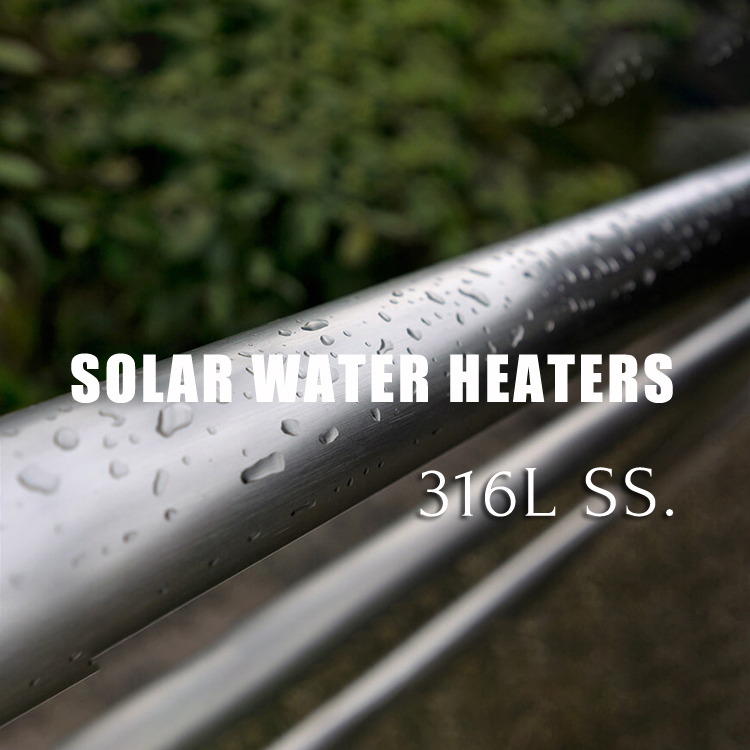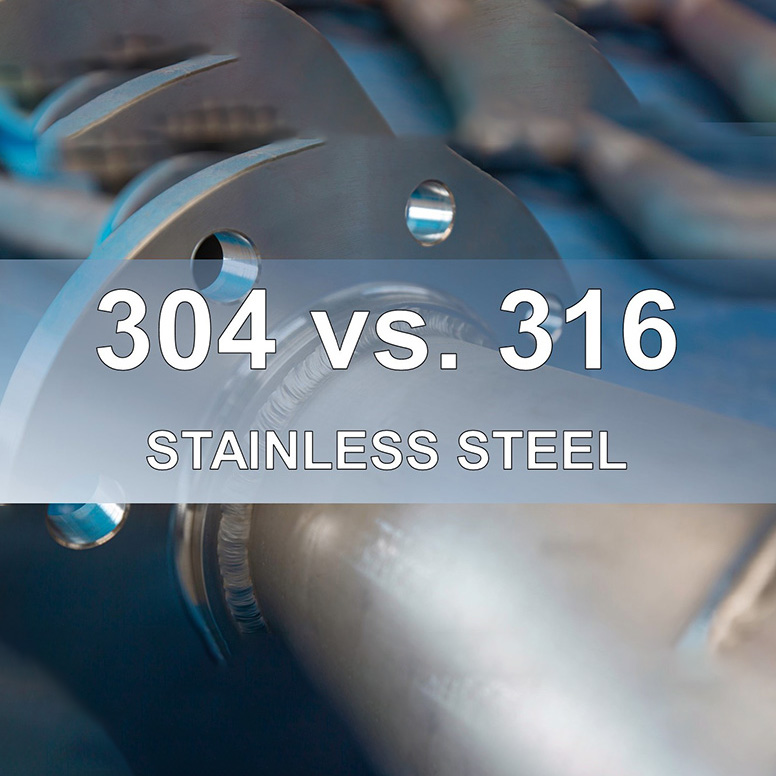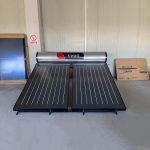Comparing two of the most popular grades of stainless worldwide – SUS-304 & 316L
While the two most popular grades of stainless steel might seem identical at a glance, they hold important differences that can lead to substantial savings over the life of your product depending on your intended uses.
All stainless steels contain a mix of iron and chromium at various levels. But the exact mix—and other additions — are what create the differences between grades.The most popular 304 grade stainless contains 18% chromium and 8% nickel — though other alloys exist within the same grade.Stainless steels of the 316 grade include less chromium — often around 16% — but increase nickel levels and add molybdenum to the mix.
In most common alloys, you’ll find 10% nickel and 2 to 3% molybdenum. However, specialty alloys might have as much as 9% molybdenum.
THE BENEFITS OF 316 STAINLESS STEEL
Most stainless steel ordered around the world is Grade 304.
It offers the standard corrosion resistance, formability, strength, and easy maintenance for which stainless is known.
While 316 comes in second in terms of quantities sold, it offers vastly superior corrosion resistance to chlorides and acids.
This makes it popular for a wide range of environments—including:
Medical equipment and implants
Foodservice, processing, and preparation environments
Coastal environments
Areas with high salt levels (such as roadways)
Brewing facilities
Environments with increased exposure to alkalis and acids
These increased resistances also help to take the guesswork out of cleaning and allow you to clean your stainless more often using stronger cleansers and detergents with little worry of damage or altering the appearance of the stainless steel.
This makes 316 an ideal upgrade for environments with strict hygiene and cleanliness standards.

SO WHICH IS BETTER… 316 OR 304 STAINLESS STEEL?
With the benefits offered by 316 stainless steel, you might wonder why 304 remains the most popular…
If you’re not sure which to choose, consider these common uses for the two grades:
304 STAINLESS STEEL
Water piping
Storage tanks
Indoor electrical enclosures
Wheel covers
Automotive trim
Kitchen equipment
Appliances
Decorative trim
316 STAINLESS STEEL
Chemical piping
Pharmaceutical equipment
Medical equipment
Chemical equipment
Stainless steel floats
Structural steel and components in marine environments
Commercial kitchen surfaces, equipment, and appliances
In short, it’s mostly about cost and corrosion resistance requirements.
If you don’t need the added resistance of 316, standard 304 grades will offer similar performance and longevity at a lower price point.
However, in situations where the added resistance is needed, 316 often improves the functional lifespan of the steel products by years.
This can lead to drastic long-term savings despite the initial increase in investment.
Looking for more information on the various traits and performance considerations surrounding other stainless steel grades?
ANY PENDING QUERIES, PLEASE FEEL FREE TO CONTACT US:
Mobile: +86 180 0660 1051
Inquiry E-Mail: info@riwatt.com
Web:www.riwatt.com




Leave A Comment
Your email address will not be published.